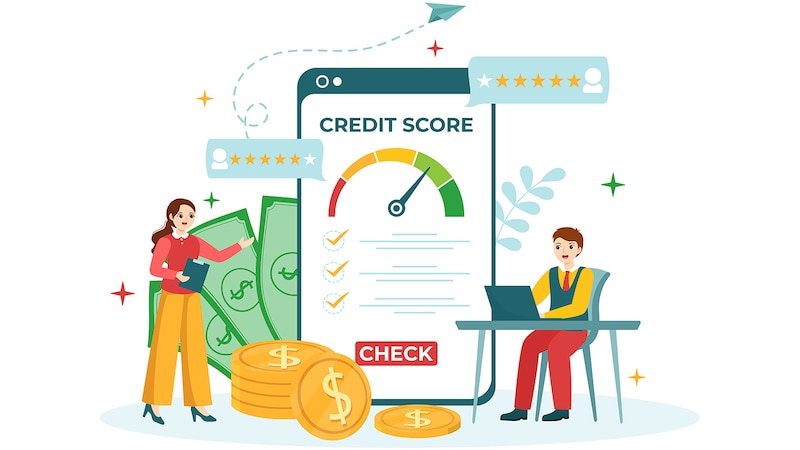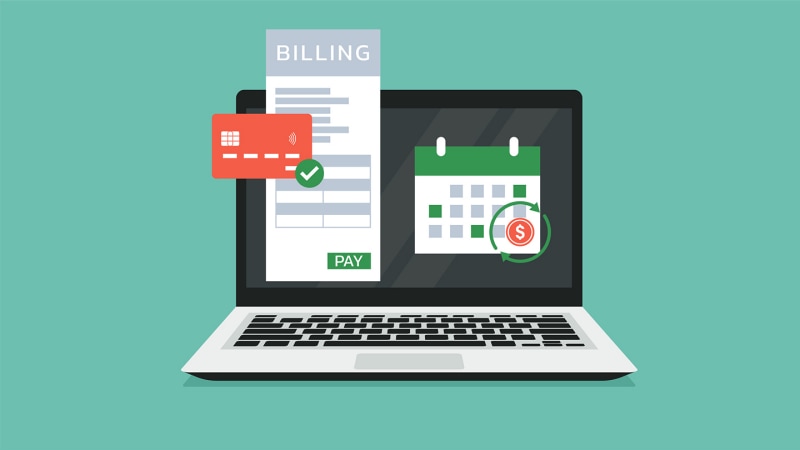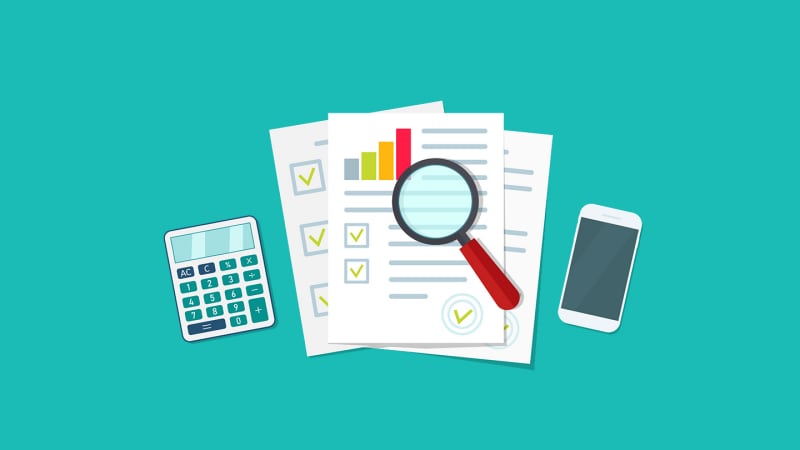Understanding the credit score provided by Experian™, VantageScore® and FICO® score

Quick insights
- VantageScore and FICO score are widely used credit scoring models.
- Experian is one of the three main credit bureaus in the U.S. and uses both credit scoring models.
- There are some differences between the VantageScore and FICO Score, including how factors are weighed to generate your score.
With different score models calculating a score, it can be confusing to understand which is which, not to mention the different credit bureaus that provide those scores. Below we’ll break down the differences between some of the different credit scoring models.
Introduction to credit scoring models
Credit scoring models are used to generate your credit score, a three-digit number that helps highlight your creditworthiness, in other words, your ability to repay debts. Credit scoring models come in various forms, but the two widely used scoring models include the VantageScore and FICO score.
Scoring models are used by the three main credit bureaus, Experian™, Equifax® and TransUnion® to generate credit scores. These scores are used by lenders, employers, landlords and other entities to help determine things like loan approvals, terms and interest rates.
Differences between VantageScore and FICO
VantageScore was developed in 2006 by the credit bureaus Experian, Equifax and TransUnion. VantageScore 3.0 may be the most widely used scoring model. FICO, however, was developed by the Fair Isaac Corporation (formerly known as Fair, Isaac and Company) dating back to the 1950s. Of all of FICO’s versions, FICO 8 may be the most widely used.
Below are some of the key differences between these two models:
- Scoring range: Both FICO score and VantageScore use a scoring range of 300 to 850. Their credit score categories, however, differ from each other.
- Scoring criteria: Both models consider similar factors when calculating a credit score, including payment history, credit utilization, length of credit history, types of credit and recent credit inquiries. However, they weigh these factors differently. FICO gives the most weight to payment history and credit utilization, while VantageScore considers payment history as extremely influential and gives high importance to age and type of credit.
- Minimum scoring criteria: FICO requires at least one account that has been open for six months or more and at least one account that has been reported to the credit bureau within the past six months to generate a credit score. VantageScore can generate a score with less credit history.
- Late payments: FICO treats all late payments the same, while VantageScore weighs payments made on certain lines of credit more heavily than other types of credit.
- Trended data and high credit utilization: The latest VantageScore models use trended data, which means they consider the potential trajectory of borrowing behavior over time. These VantageScore models also penalize high credit card utilization more heavily than FICO.
Score ranges for VantageScore and FICO
The way VantageScore and FICO Score categorize their credit score ranges differ.
As of May 2024, VantageScore® ranges are:
- Excellent: 781 to 850
- Good: 661 to 780
- Fair: 601 to 660
- Poor: 500 to 600
- Very Poor: 300 to 499
As of May 2024, FICO® score ranges are:
- Exceptional: 800+
- Very Good: 740 to 799
- Good: 670 to 739
- Fair: 580 to 669
- Poor: 579 and below
Experian's credit score offerings
Experian does not have its own Experian scoring model. Instead, Experian uses both VantageScore and FICO score. So, if you hear the phrase “Experian score,” this could be referring to either a VantageScore or a FICO score provided by Experian.
One way to access the credit scores that Experian provides is by enrolling in Chase Credit Journey®, a free online platform anyone, including non-Chase cardmembers, can use. Your credit score is provided to you for free when you enroll. This credit score is the VantageScore® 3.0 provided by Experian and it updates on a regular basis so you can frequently check how your credit score is doing without negatively impacting it.
How lenders use VantageScore and FICO and how this impacts you
How the different models are used can potentially impact the consumer, including the following ways:
Usage by lenders
FICO Scores are used by a majority of lenders in the U.S and are typically used by auto dealerships. VantageScore is typically used by credit card issuers, some loan providers and certain auto lenders. Depending on what financial decision you want to make, you may want to consider which scoring model is being used to help determine your eligibility for approvals and rate and terms may be.
Impact on credit decisions
Your credit score can impact your ability to get credit and the terms of that credit. For example, if a lender uses FICO and your FICO score is higher than your VantageScore, it’s possible that you have a better chance of getting approved than if you apply to a lender who uses VantageScore. Additionally, because VantageScore does not have a 6-month minimum requirement to obtain a credit score, it might be a better idea to look for a lender who uses this scoring model if you are new to credit.
Score variations
Because FICO and VantageScore weigh credit factors differently, a consumer's scores can vary between the two models. This could potentially mean that you qualify for credit with one score but not the other.
In conclusion
Both VantageScore and FICO Score provide helpful insights into your credit health and behaviors. While they vary in their makeup, they are both widely used by financial institutions and other entities. Understanding what these scores mean can be a proactive step towards maintaining a healthy credit profile.



